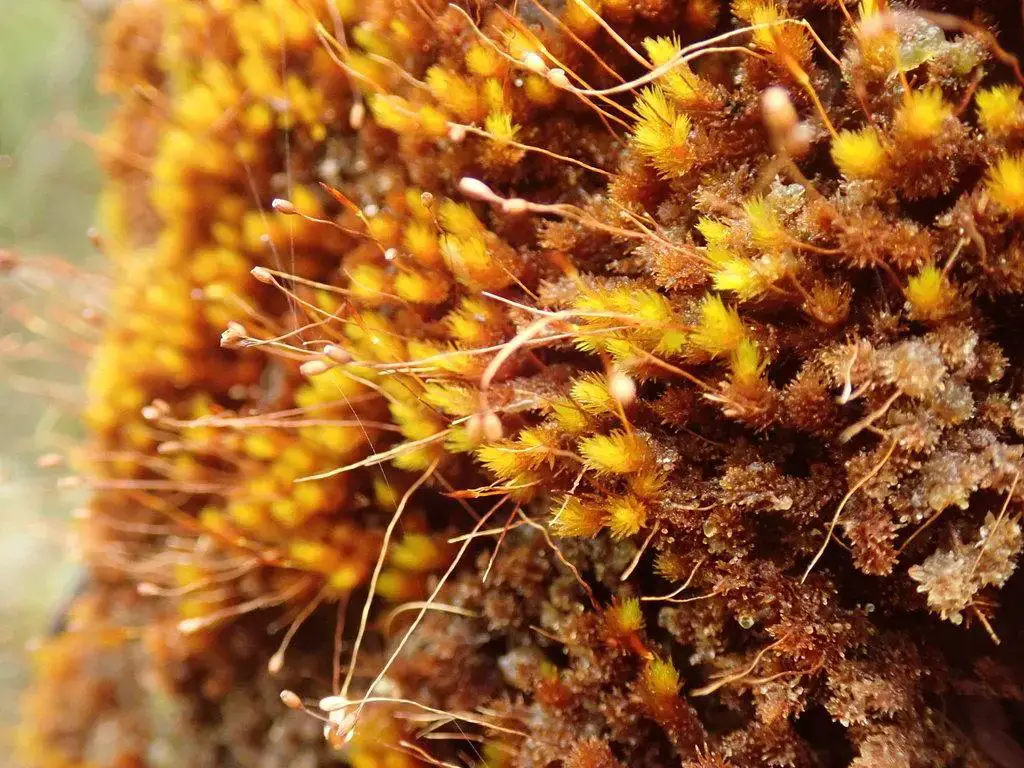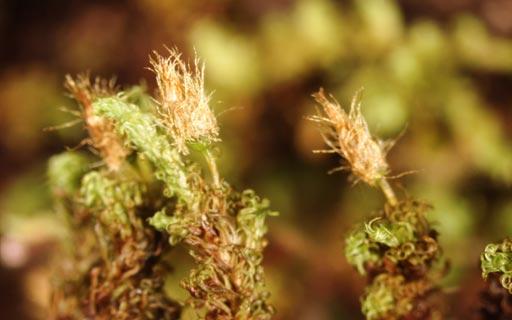
large.jpeg from: https://inaturalist.nz/observations/88236610
Macromitrium stephanodictyon J.Froehl.: A Fascinating Moss of the Orthotrichaceae Family

Macromitrium-prolong01l.jpg from: https://www.digital-museum.hiroshima-u.ac.jp/~museum/habit/moss_habit/Macromitrium prolongatum/Macromitrium_prolongatum.html
Introduction
Today we’re diving into the world of Macromitrium stephanodictyon J.Froehl., a captivating moss species of the Orthotrichaceae family, also commonly known simply as Macromitrium. This tiny but mighty plant plays important ecological roles and has some remarkable adaptations. Let’s explore what makes Macromitrium stephanodictyon so special!
Background on Macromitrium Mosses
The genus Macromitrium contains over 300 species of mosses found around the world, primarily in tropical and subtropical regions. These mosses are classified in the Orthotrichaceae family and the class Bryopsida of the division Bryophyta. Macromitrium mosses are known for their relatively large size compared to other mosses.
Morphology and Identification
M. stephanodictyon forms loose tufts or mats. The stems are creeping with erect branches. Leaves are lanceolate to ovate-lanceolate, often crisped when dry, with a single costa (midrib). The leaf margins are entire or toothed near the apex. Capsules are ovoid to cylindrical on long setae and have peristome teeth in multiples of 8.
Global Distribution and Habitat
This species is found in tropical and subtropical regions of the Americas, Africa, and Asia. It grows as an epiphyte on tree trunks and branches in moist forests and woodlands at low to mid elevations. The ability to grow on vertical surfaces helps it compete for light and avoid being smothered by leaf litter on the forest floor.
Ecological Roles and Adaptations
Like other mosses, M. stephanodictyon plays important roles in its ecosystem:
- Moisture retention: Absorbs and slowly releases moisture, helping regulate humidity
- Erosion control: Stabilizes soil and prevents erosion on tree trunks/branches
- Microhabitats: Provides shelter for micro-organisms and small invertebrates
- Nutrient cycling: Takes up atmospheric nutrients that are released as the moss decomposes
M. stephanodictyon has several adaptations that allow it to thrive as an epiphyte:
- Poikilohydry: Can tolerate drying out and quickly rehydrate when moisture is available
- Rhizoids: Root-like structures that help anchor the moss to tree bark
- Conducting tissues: Allow efficient water and nutrient transport despite lacking true vascular tissue
Conclusion
Macromitrium stephanodictyon J.Froehl. may be small, but this mighty moss has an outsized ecological impact. Its ability to grow on trees and cycle nutrients and moisture make it a fascinating and important part of tropical and subtropical forest ecosystems. Next time you’re in the woods, take a closer look – you just might spot this marvelous moss! What other amazing bryophyte adaptations have you encountered?